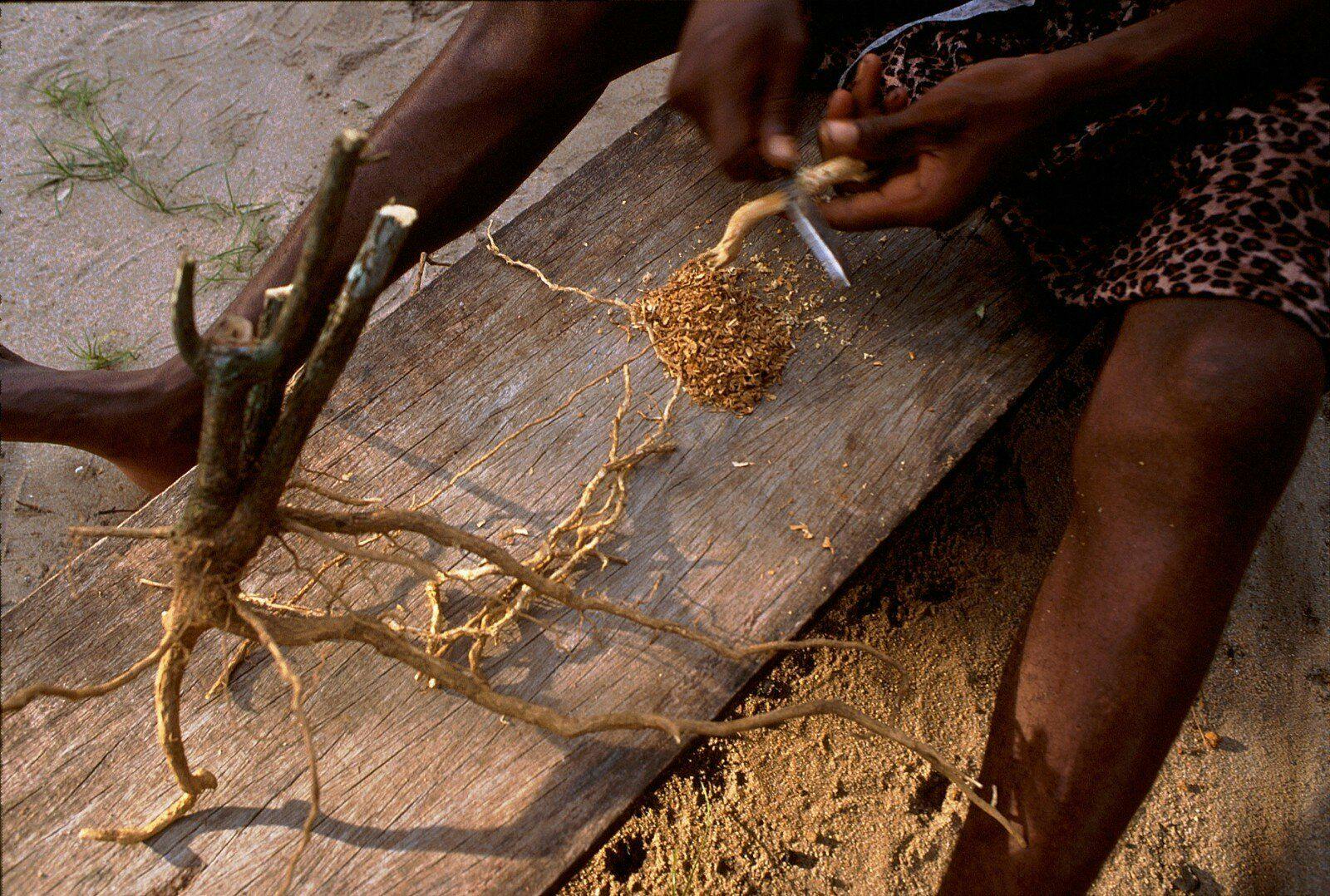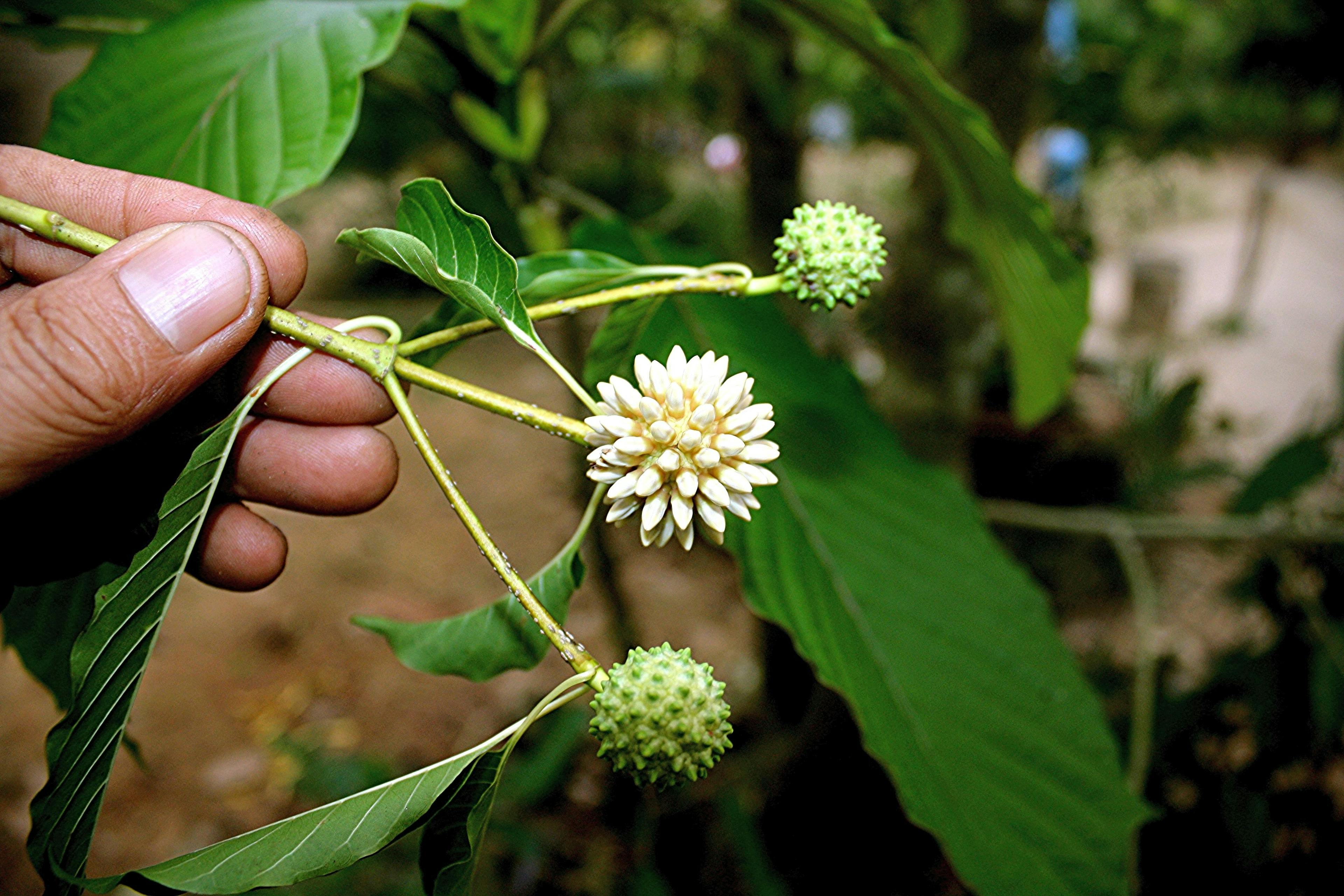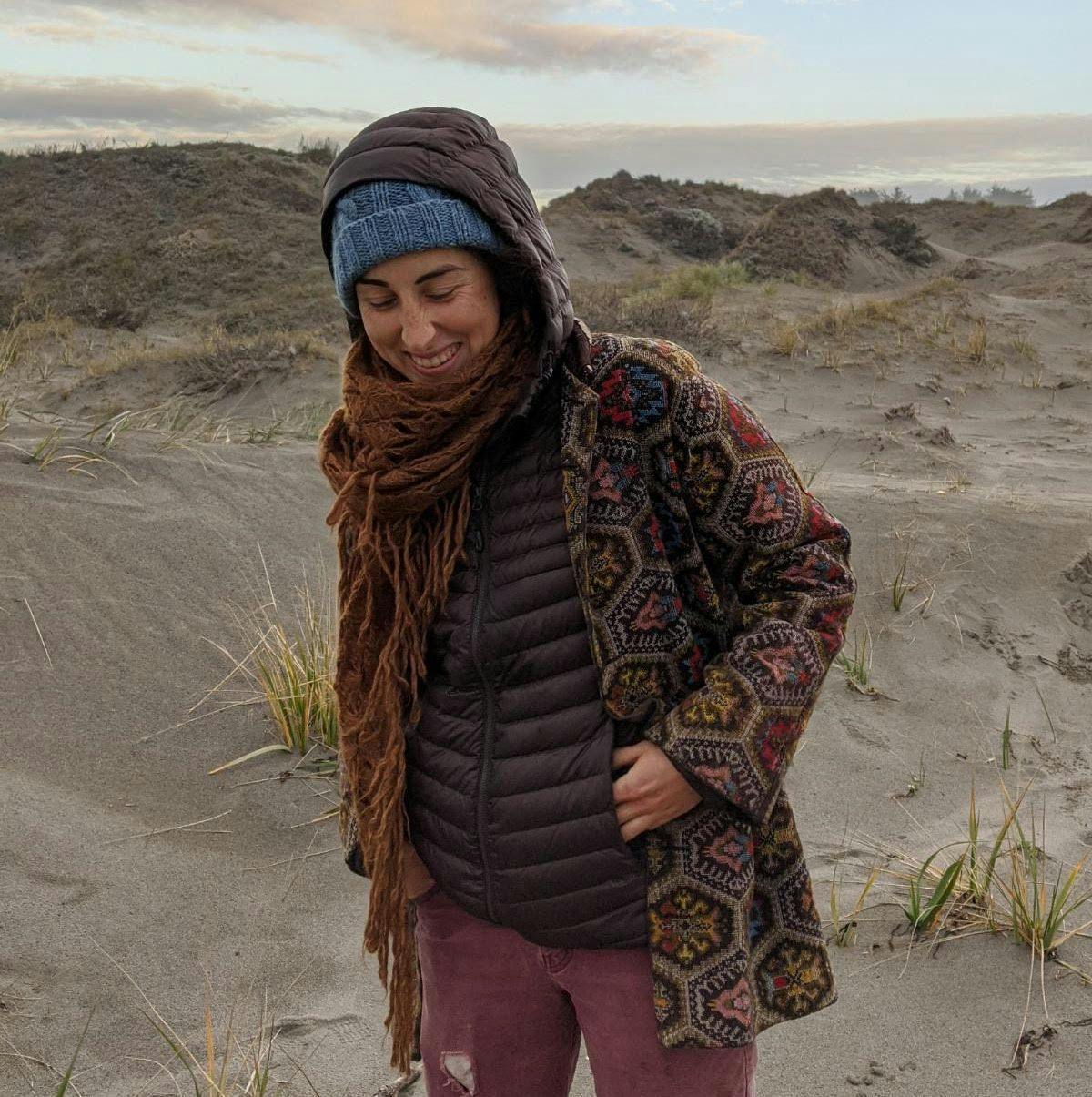This section takes us on a journey around the world. Six papers introduce more than ten different psychoactives on three continents. Approaches range from the ethnographic to the molecular. As a syncretic whole, this chapter expands the term 'psychoactive' far beyond the visionary exmplars of Central and South America. Have you ever heard of kanna? Read on to discover this intriguing traditional medicine of South Africa. In place of dialogue between individual papers, we are left with fertile gaps for imagination. What psychoactives are yet to be studied? How will the global ethnopharmacopeia continue to evolve?
The first selection is Neil Gericke's introduction to kanna, which comes from the roots of Sceletium plants native to South Africa. Gericke is a medical doctor who has a clear stake in this topic: he is also the founding director of HG&H, the pharmaceutical company that developed a standardized extract of kanna called Zembrin®. Khoekhoe and San people traditionally gave kanna to the elderly and young to promote vitality. Observing this, early Dutch colonizers who were familiar with ginseng's famous tonic effects called kanna 'Ningimm' and collected it to sell overseas. So by the time Gericke received his first sample of kanna from an ethnobotanist friend in 1991, he joined a long lineage of Westerners who have self-experimented with the plant. He and his wife were so impressed by the ensuing "rush of euphoria... [that] gradually changed to a feeling of deep calm" that he began researching in earnest and soon developed Zembrin®. Studies so far show that Zembrin® enhances cognitive function and looks promising as a treatment for anxiety, depression, and more. With a low side-effect profile, and no known habit-forming capability, why isn't Zembrin® already at the fingertips of every psychiatrist? Is it really the panacea that it seems? Gericke acknowledges that the path from botanical supplement to USDA approved botanical medicine is a steep and costly one. The first step is more funding for clinical trials.
Next, Christopher McCurdy dissects the crisscrossing picture of what is currently known----and unknown----about kratom. McCurdy, a professor of medicinal chemistry at the University of Florida, contends that kratom may be useful in treating opioid dependence, but it's complicated. Kratom is made from dried and powdered leaves of the Mitragyna speciosa tree of Southeast Asia. Historically it's been used both to invigorate workers and as an opium substitute. These two uses may seem contradictory; however, smaller doses produce stimulant and pain-relieving effects that can buffer the effects of hard labor, while larger doses produce euphoric and sedative effects that can help wean addicts from opium. Everyone agrees that the constituents mitragynine and 7-hydroxymitragynine are opioid-receptor agonists, meaning they mimic the effects of opiates. Beyond that, the complex pharmacology of kratom remains elusive. There's evidence that kratom may be less addictive than heroin, but it still produces drug-seeking behavior in rodents. Some may wonder about the long-term prognosis of treating addiction with an addictive substance, while others will be eager to embrace kratom as a tool in harm-reduction programs. An important next step will be full scale human clinical trials.

Following with another potential treatment for opioid addiction, Kenneth Alper, Associate Professor of Psychiatry and Neurology at New York University School of Medicine, discusses iboga and its derivative, ibogaine. Made of scrapings from Tabernanthe iboga root bark, iboga has traveled from its indigenous context--as a visionary sacrament in the Bwiti religion of West Central Africa--to a modern medical subculture in which the new 'ritual aim' is detoxification from opiates. Unlike kratom, iboga does not interact directly with opioid receptors in the brain. So how does it alleviate symptoms of withdrawal and decrease the likelihood of relapse? This is where things get interesting. Alper observes that desired outcomes of addiction treatment--such as freedom from craving and aversion--look strikingly similar to spiritual aspirations. In Bwiti, iboga is said to bring about connection with ancestor spirits and a feeling of 'one-heartedness'. Addicts treated with ibogaine who have no knowledge of Bwiti often report similar experiences. Still, the exact pharmacological mechanism of ibogaine remains unknown. Alper takes an innovative direction in asking, what is ibogaine doing in the plant itself? This leads to a brief consideration of whether plants should be regarded as intelligent. Coming from mainstream medicine this feels like a breakthrough, or the beginning of one.
In the next paper we jog back to South Africa, where Jean-Francois Sobiecki illuminates the subtle yet powerful effects of a traditional initiatory plant diet. For three months Sobiecki lived in retreat under the guidance of his teacher, Mrs. Letty Maponya, a Northern Sotho traditional healer. First he worked with 'cleansing medicines' that cause physical and emotional purging. Next, 'mind-opening medicines' enhanced his dreaming and intuition. Finally, 'strengthening medicines' brought the calm and stability needed to anchor this new knowledge. Sobiecki points out that so far Western interest in psychoactive plant medicine is mainly focused on strong-acting visionary types, such as ayahuasca. What's often overlooked are the many subtler plant medicines that are called upon to strengthen and prepare initiates for spiritual growth. Sobiecki compares his experience to the dieta regimens of the Amazon that support healing work with ayahuasca. He calls these indigenous technologies 'Perturbatory Learning Tools', meaning they stimulate personal growth. The initiation took Sobiecki through progressive stages of opening and destabilization that alternated with grounding and strengthening. The profound result was that new insights were able to be integrated. Visionary enthusiasts, take note.
From Australia, ethnobotanist Snu Voogelbreinder gives a thorough ethnobotanical survey of various Acacia subspecies, many of which contain DMT (N,N-Dimethyltryptamine). In recent decades, more people have been attempting to create 'ayahuasca analogs' by combining acacia with MAOIs (monoamine oxidase inhibitors), which make DMT bioavailable. It's not clear whether Australian aboriginal people have prepared acacia for visionary purposes; details of sacred ceremonies are still strictly reserved for initiates. However they have shared many everyday uses for acacia, and these Voogelbreinder catalogs with gusto. Several uses suggest central nervous system activity, such as fish poisons, incense, and pain medicines. Voogelbreinder highlights cautions too; there are many different subspecies of acacia, and some are toxic. Some contain substantial amounts of DMT, others none. Unfortunately, certain desirable subspecies are being overharvested to the brink of extinction. For now, says Voogelbreinder, it is best to boycott the purchase of acacia alkaloid extracts and non-propagative parts.
The final contribution comes from David E. Nichols, molecular pharmacologist, professor, and leader in knowledge of psychoactive drugs. This keynote address describes how medicinal chemists isolate, then synthesize the active alkaloids in psychoactive substances. For each of three major groups of known psychotropic compounds, Nichols gives a history and molecular analysis. DMT, ayahuasca, and psilocybin and tryptamines. Mescaline falls within the chemical class of phenethylamines. Ergolines such as LSA are produced by the ergot fungus and synthesized as LSD.
In this section the psychoactive ethnopharmacopeia continues to expand its horizon, incorporating new species, preparations, and data. However valuable these medicines may be, there are some underexamined colonial crosscurrents that need to be brought to light. In future conferences I would like to see the field's enthusiasm for expansion tempered with more substantial discussion of sustainability, ecological impacts, and fair trade. Some of the most valuable perspectives on these topics will come from indigenous people, who have been living in deep relationship with sacred plants and lands for millenia. Future conversations at the intersection of indgenous wisdom and ethnopharmacology will yield vital insights into the best therapeutic applications of psychoactive medicines. Also, given the breadth of this section, it's surprising that this conference, which was held in the UK, did not discuss native European psychoactives (of which there are many). Finally, it's encouraging to hear the growing conversation around plant intelligence. At the same time, much drug research continues to rely on animal testing, and this link is not discussed. When will science extend the designation of sentience to animals and all forms of life? Now more than ever we are globally awakening to profound interconnection within the biosphere. Psychoactive medicines are helping to reawaken this intelligence. Let us continue to learn from them, not only by consuming, but also by participating in the web of relationships that sustain life.

